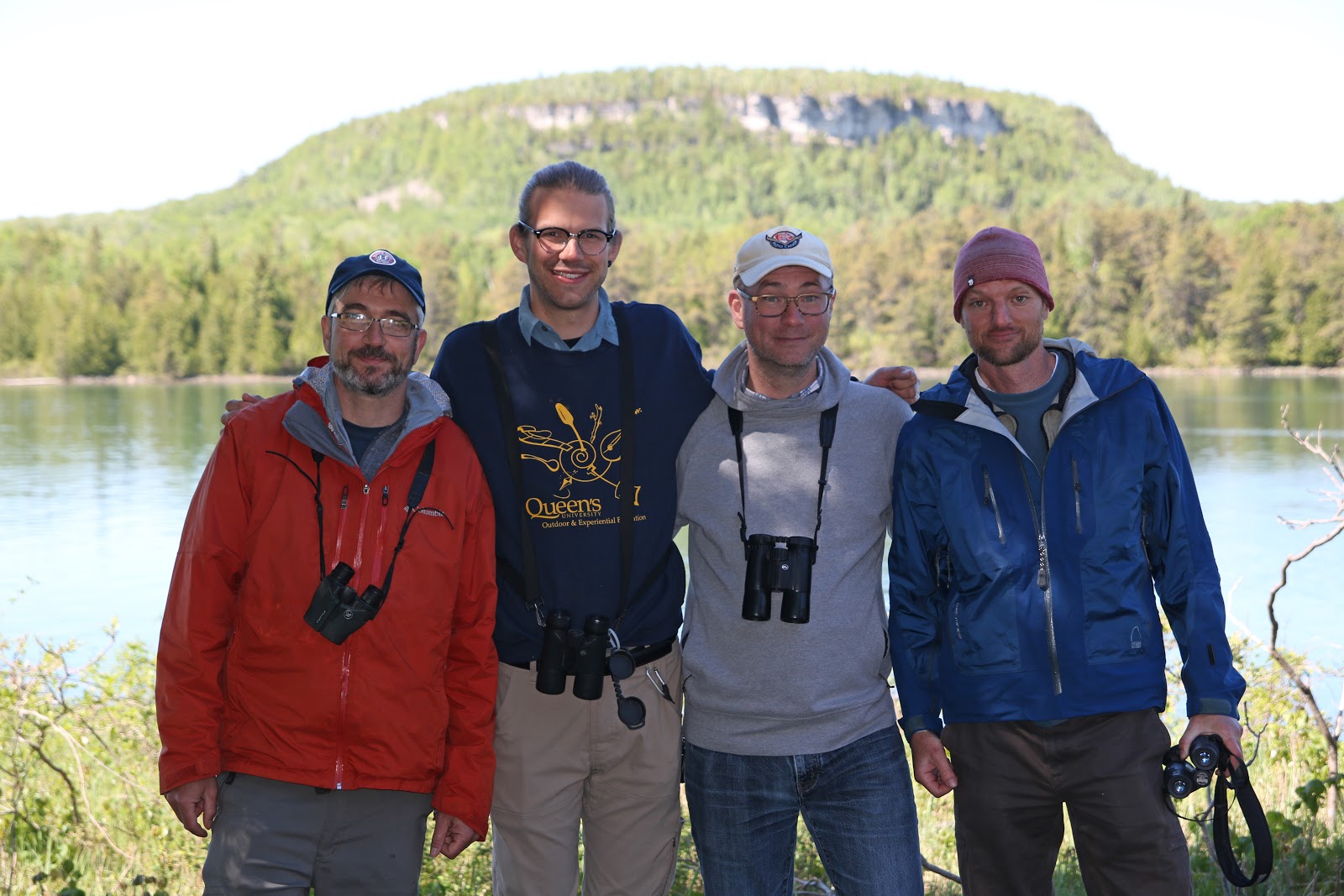Connect with Nature
Field trips to the four WRDSB Outdoor Environmental Education Centres provide opportunities for students from grades 1 to 12 to participate in highly stimulating, hands-on programs that support topics being taught in the classroom.
Twenty thousand students visit our Outdoor Environmental Education Centres each year. Perhaps you already know Sean at Laurel Creek, Nate at Blair, Levi at Wrigley Corners, and Al at Camp Heidelberg. For years they have been promoting nature’s connection to well-being and empathy towards living things with our students.

Today, Sean takes us on a trip outdoors to gather nesting materials for birds. Have fun!
Video Transcript
Sean McCammon from the Waterloo Region District School Board. You might have noticed this time of year looking out your window or walking around your neighbourhood, that birds are very busy making nests. And if you’re looking for a fun activity, you can provide birds with some of the nest materials that they need in their construction. And the first step in this process is to have a look around your yard or your neighbourhood for materials that would be appropriate for birds to use. And the kind of thing you might be looking for would be dried grass or any fluffy plant fibres from like cattail or milkweed pod. Small twigs would be good pine needles. And so your first step in this process is just to gather up a bunch of that material and most birds will be able to find something in there that they’ll be able to use.
Ok. So I went around my neighbourhood and I gathered up materials I thought would be appropriate for bird nests. And I got some small twigs, some pine needles. A lot of dry grass, some longer, thicker plant fibres, some bark and also some fluffy plant down from cattails. And also the fluff off the top of goldenrod from last year. And lovebirds will build their nest out of one material. And then line the nest with something softer, like plant feathers. And so I’ve got a lot of that stuff. OK.
So after you gathered up your materials for the birds to use, you need to present them to the birds in some way. And so you want to stuff this material into something that the birds can see and remove that stuff from.
And I’ve got an old cage here that I put suet it in the wintertime. Also, we have a little whisk here. The bigger whisk in the kitchen. And my wife had a nylon that had a hole in it. And so I cut some more holes in it and I’m going to stuff this material in.
And when you do this, you want the material to look kind of messy. You want it when you put it outside so that the grass is blowing around in the wind and that’s going to catch the eye of the birds and attract them in. And so don’t worry about making it neat. You want to jam that stuff in and have it look kind of sloppy. OK. So once you’ve got your nest materials packed into something, you can hang these from a balcony or a tree.
And birds like chickadees will be able to get at them.
And some birds like robins aren’t going to be able to cling to something that’s hanging to pull this stuff out. And so you’re going to want to present some of this stuff on the ground.
And I just had a basket in the garage that I filled up with nest material. I’m just gonna put that on the ground.
Now, some people like to add string or yarn to the mixture. But there are incidents where birds have gotten string tangled around their feet in the nest. And some of that material is made from nylon or a plastic base material. So we don’t want to be introducing that into the environment. The other thing that people have used in the past is dryer lint. But researchers have found that dryer lint, the birds like to make a nest out of it. But when it rains, that lint tends to fall apart and make the nest less sturdy. And so the one thing you could use they might have in your house is pet fur. If you have a cat or a dog or rabbits and you brush that pet and you get a big clump of fluffy fur, you can use that in the nest material as well, birds will like that to line the inside of their nest. So if you provide the birds with some nest materials that they can use, you’re helping them to build a home in your own community. And that’s good for you. And that’s good for the birds as well. So good luck with that and happy birding.
Categories: Elementary

